HSBC 2010 Annual Report Download - page 134
Download and view the complete annual report
Please find page 134 of the 2010 HSBC annual report below. You can navigate through the pages in the report by either clicking on the pages listed below, or by using the keyword search tool below to find specific information within the annual report.-
 1
1 -
 2
2 -
 3
3 -
 4
4 -
 5
5 -
 6
6 -
 7
7 -
 8
8 -
 9
9 -
 10
10 -
 11
11 -
 12
12 -
 13
13 -
 14
14 -
 15
15 -
 16
16 -
 17
17 -
 18
18 -
 19
19 -
 20
20 -
 21
21 -
 22
22 -
 23
23 -
 24
24 -
 25
25 -
 26
26 -
 27
27 -
 28
28 -
 29
29 -
 30
30 -
 31
31 -
 32
32 -
 33
33 -
 34
34 -
 35
35 -
 36
36 -
 37
37 -
 38
38 -
 39
39 -
 40
40 -
 41
41 -
 42
42 -
 43
43 -
 44
44 -
 45
45 -
 46
46 -
 47
47 -
 48
48 -
 49
49 -
 50
50 -
 51
51 -
 52
52 -
 53
53 -
 54
54 -
 55
55 -
 56
56 -
 57
57 -
 58
58 -
 59
59 -
 60
60 -
 61
61 -
 62
62 -
 63
63 -
 64
64 -
 65
65 -
 66
66 -
 67
67 -
 68
68 -
 69
69 -
 70
70 -
 71
71 -
 72
72 -
 73
73 -
 74
74 -
 75
75 -
 76
76 -
 77
77 -
 78
78 -
 79
79 -
 80
80 -
 81
81 -
 82
82 -
 83
83 -
 84
84 -
 85
85 -
 86
86 -
 87
87 -
 88
88 -
 89
89 -
 90
90 -
 91
91 -
 92
92 -
 93
93 -
 94
94 -
 95
95 -
 96
96 -
 97
97 -
 98
98 -
 99
99 -
 100
100 -
 101
101 -
 102
102 -
 103
103 -
 104
104 -
 105
105 -
 106
106 -
 107
107 -
 108
108 -
 109
109 -
 110
110 -
 111
111 -
 112
112 -
 113
113 -
 114
114 -
 115
115 -
 116
116 -
 117
117 -
 118
118 -
 119
119 -
 120
120 -
 121
121 -
 122
122 -
 123
123 -
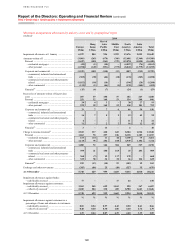 124
124 -
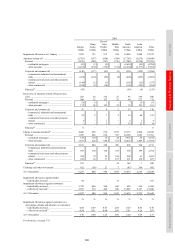 125
125 -
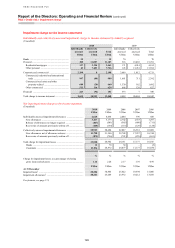 126
126 -
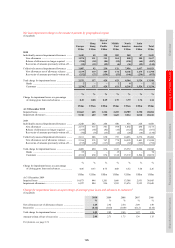 127
127 -
 128
128 -
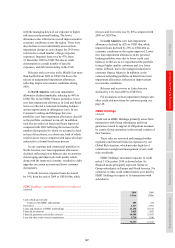 129
129 -
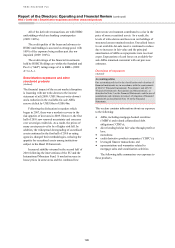 130
130 -
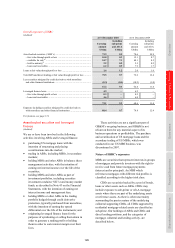 131
131 -
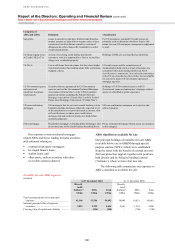 132
132 -
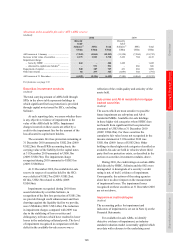 133
133 -
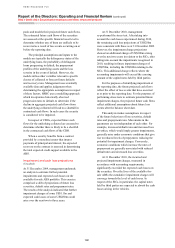 134
134 -
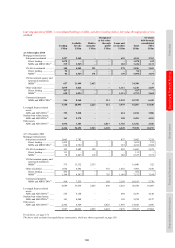 135
135 -
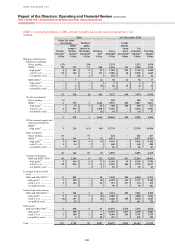 136
136 -
 137
137 -
 138
138 -
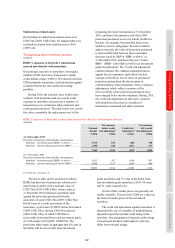 139
139 -
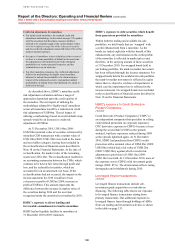 140
140 -
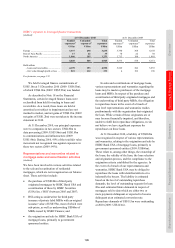 141
141 -
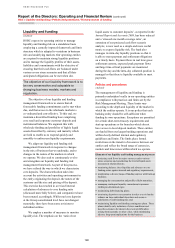 142
142 -
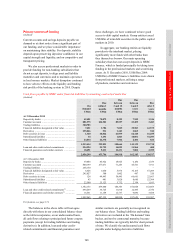 143
143 -
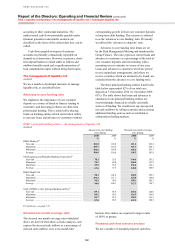 144
144 -
 145
145 -
 146
146 -
 147
147 -
 148
148 -
 149
149 -
 150
150 -
 151
151 -
 152
152 -
 153
153 -
 154
154 -
 155
155 -
 156
156 -
 157
157 -
 158
158 -
 159
159 -
 160
160 -
 161
161 -
 162
162 -
 163
163 -
 164
164 -
 165
165 -
 166
166 -
 167
167 -
 168
168 -
 169
169 -
 170
170 -
 171
171 -
 172
172 -
 173
173 -
 174
174 -
 175
175 -
 176
176 -
 177
177 -
 178
178 -
 179
179 -
 180
180 -
 181
181 -
 182
182 -
 183
183 -
 184
184 -
 185
185 -
 186
186 -
 187
187 -
 188
188 -
 189
189 -
 190
190 -
 191
191 -
 192
192 -
 193
193 -
 194
194 -
 195
195 -
 196
196 -
 197
197 -
 198
198 -
 199
199 -
 200
200 -
 201
201 -
 202
202 -
 203
203 -
 204
204 -
 205
205 -
 206
206 -
 207
207 -
 208
208 -
 209
209 -
 210
210 -
 211
211 -
 212
212 -
 213
213 -
 214
214 -
 215
215 -
 216
216 -
 217
217 -
 218
218 -
 219
219 -
 220
220 -
 221
221 -
 222
222 -
 223
223 -
 224
224 -
 225
225 -
 226
226 -
 227
227 -
 228
228 -
 229
229 -
 230
230 -
 231
231 -
 232
232 -
 233
233 -
 234
234 -
 235
235 -
 236
236 -
 237
237 -
 238
238 -
 239
239 -
 240
240 -
 241
241 -
 242
242 -
 243
243 -
 244
244 -
 245
245 -
 246
246 -
 247
247 -
 248
248 -
 249
249 -
 250
250 -
 251
251 -
 252
252 -
 253
253 -
 254
254 -
 255
255 -
 256
256 -
 257
257 -
 258
258 -
 259
259 -
 260
260 -
 261
261 -
 262
262 -
 263
263 -
 264
264 -
 265
265 -
 266
266 -
 267
267 -
 268
268 -
 269
269 -
 270
270 -
 271
271 -
 272
272 -
 273
273 -
 274
274 -
 275
275 -
 276
276 -
 277
277 -
 278
278 -
 279
279 -
 280
280 -
 281
281 -
 282
282 -
 283
283 -
 284
284 -
 285
285 -
 286
286 -
 287
287 -
 288
288 -
 289
289 -
 290
290 -
 291
291 -
 292
292 -
 293
293 -
 294
294 -
 295
295 -
 296
296 -
 297
297 -
 298
298 -
 299
299 -
 300
300 -
 301
301 -
 302
302 -
 303
303 -
 304
304 -
 305
305 -
 306
306 -
 307
307 -
 308
308 -
 309
309 -
 310
310 -
 311
311 -
 312
312 -
 313
313 -
 314
314 -
 315
315 -
 316
316 -
 317
317 -
 318
318 -
 319
319 -
 320
320 -
 321
321 -
 322
322 -
 323
323 -
 324
324 -
 325
325 -
 326
326 -
 327
327 -
 328
328 -
 329
329 -
 330
330 -
 331
331 -
 332
332 -
 333
333 -
 334
334 -
 335
335 -
 336
336 -
 337
337 -
 338
338 -
 339
339 -
 340
340 -
 341
341 -
 342
342 -
 343
343 -
 344
344 -
 345
345 -
 346
346 -
 347
347 -
 348
348 -
 349
349 -
 350
350 -
 351
351 -
 352
352 -
 353
353 -
 354
354 -
 355
355 -
 356
356 -
 357
357 -
 358
358 -
 359
359 -
 360
360 -
 361
361 -
 362
362 -
 363
363 -
 364
364 -
 365
365 -
 366
366 -
 367
367 -
 368
368 -
 369
369 -
 370
370 -
 371
371 -
 372
372 -
 373
373 -
 374
374 -
 375
375 -
 376
376 -
 377
377 -
 378
378 -
 379
379 -
 380
380 -
 381
381 -
 382
382 -
 383
383 -
 384
384 -
 385
385 -
 386
386 -
 387
387 -
 388
388 -
 389
389 -
 390
390 -
 391
391 -
 392
392 -
 393
393 -
 394
394 -
 395
395 -
 396
396
 |
 |

HSBC HOLDINGS PLC
Report of the Directors: Operating and Financial Review (continued)
Risk > Credit risk > Securitisation exposures and other structured products
132
pools and models their projected future cash flows.
The estimated future cash flows of the securities
are assessed at the specific financial asset level to
determine whether any of them are unlikely to be
recovered as a result of loss events occurring on or
before the reporting date.
The principal assumptions and inputs to the
models are typically the delinquency status of the
underlying loans, the probability of delinquent
loans progressing to default, the prepayment
profiles of the underlying assets and the loss
severity in the event of default. However, the
models utilise other variables relevant to specific
classes of collateral to forecast future defaults
and recovery rates. Management uses externally
available data and applies judgement when
determining the appropriate assumptions in respect
of these factors. HSBC uses a modelling approach
which incorporates historically observed
progression rates to default, to determine if the
decline in aggregate projected cash flows from
the underlying collateral will lead to a shortfall in
contractual cash flows. In such cases the security
is considered to be impaired.
In respect of CDOs, expected future cash
flows for the underlying collateral are assessed to
determine whether there is likely to be a shortfall
in the contractual cash flows of the CDO.
When a security benefits from a contract
provided by a monoline insurer that insures
payments of principal and interest, the expected
recovery on the contract is assessed in determining
the total expected credit support available to the
ABS.
Impairment and cash loss projections
(Unaudited)
At 31 December 2009, management undertook
an analysis to estimate further potential
impairments and expected cash losses on the
available-for-sale ABS portfolio. This exercise
comprised a shift of projections of future loss
severities, default rates and prepayment rates.
The results of the analysis indicated that further
impairment charges of some US$1.1bn and
expected cash losses of some US$450m could
arise over the next two to three years.
At 31 December 2010, management
re-performed the stress test. After taking into
account the cash losses experienced during 2010,
the remaining cash loss projections of US$250m
were consistent with those as at 31 December 2009.
However, the impairment charge projections
showed an additional charge of US$300m arising
over the next two years in relation to the SICs, after
taking into account the impairments recognised in
2010, resulting in future impairment charges of
US$950m, including the US$300m relating to the
SICs. This additional charge reflects where the
accounting impairments will exceed the carrying
amount of the capital notes held by third parties.
For the purposes of identifying impairment at
the reporting date, the future projected cash flows
reflect the effect of loss events that have occurred
at or prior to the reporting date. For the purposes of
performing stress tests to estimate potential future
impairment charges, the projected future cash flows
reflect additional assumptions about future loss
events after the balance sheet date.
This analysis makes assumptions in respect
of the future behaviour of loss severities, default
rates and prepayment rates. Movements in the
parameters are not independent of each other. For
example, increased default rates and increased loss
severities, which would imply greater impairments,
generally arise under economic conditions that give
rise to reduced levels of prepayment, reducing the
potential for impairment charges. Conversely,
economic conditions which increase the rates of
prepayment are generally associated with reduced
default rates and decreased loss severities.
At 31 December 2010, the incurred and
projected impairment charges, measured in
accordance with accounting requirements,
significantly exceeded the expected cash losses on
the securities. Over the lives of the available-for-
sale ABSs the cumulative impairment charges will
converge towards the level of cash losses. In
respect of the SICs, in particular, the capital notes
held by third parties are expected to absorb the cash
losses arising in the vehicles.
